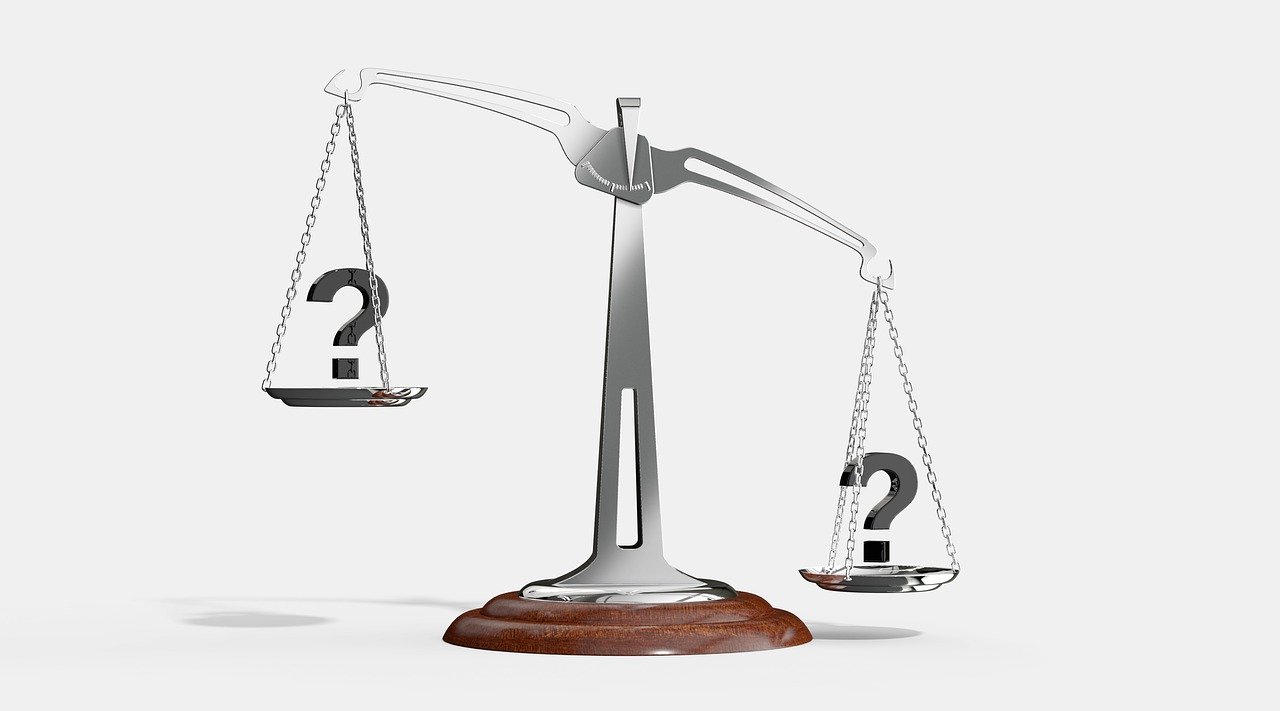Are you a fellow kitchen enthusiast who strives for precision in all your culinary creations? Then listen up, cuz I’ve got some hot tips for you! We all know that using kitchen scales for cooking and baking is essential for success in the kitchen. But with so many different types and brands out there, how do you know which one to choose? Fear not, my fellow foodies, for I am here to guide you on your journey to finding the perfect kitchen scale.
Firstly, let me tell you a little story. Back in my early days of cooking, I thought I could eyeball measurements like a pro. But boy, was I wrong! My baking experiments turned out disastrously, with cakes that were either too dense or too crumbly. It wasn’t until I invested in a kitchen scale that my baking game truly stepped up. Now, I measure everything down to the gram, and my cakes come out perfect every time.
So, trust me when I say that choosing the right kitchen scale is crucial. From digital to mechanical, from small to large, there is a scale for every kitchen and every chef. Join me on this adventure as we dive deeper into the world of kitchen scales and find the one that’s perfect for you. Let’s get measuring!
Why Do You Need a Kitchen Scale?

Are you tired of eyeballing your ingredients when cooking and baking? Do you want to take your recipes to the next level? A kitchen scale can be the answer. Here are some reasons why you need a kitchen scale:
- Accuracy: A kitchen scale provides precise measurements to ensure consistent results every time. Measuring cups and spoons can vary in size and shape, leading to inaccurate measurements and inconsistencies in your recipes.
- Baking: Baking is a science and requires precise measurements to achieve the desired texture, rise, and flavor. A kitchen scale ensures that you use the correct amount of each ingredient, resulting in perfectly baked goods.
- Portion control: Watching your calorie intake or following a strict diet plan? A kitchen scale can help you accurately portion your meals and track your food intake.
- Cost-effective: Buying ingredients in bulk can save money, but measuring them by volume can lead to waste. A kitchen scale can help you measure the exact amount of ingredients needed, avoiding waste and saving money in the long run.
- Easy to use: Most kitchen scales are user-friendly and require minimal effort to use. Simply place your container on the scale, reset it to zero, and add your ingredients by weight.
In conclusion, a kitchen scale is an essential tool for any home cook or baker. It provides precise measurements, helps with portion control, and is cost-effective. Invest in a kitchen scale and take your cooking and baking to the next level.
Types of Kitchen Scales

When it comes to cooking and baking, accurate measurements are crucial to achieving perfect results. This is where kitchen scales come in handy, as they provide precise measurements of ingredients. However, with so many types of kitchen scales available, choosing the right one can be a daunting task. In this article, we’ll explore the two main types of kitchen scales: digital and mechanical.
Digital Kitchen Scales: Digital kitchen scales are the most popular type of kitchen scales on the market. They feature an electronic LCD screen that displays the weight of the ingredients and can measure in both metric and imperial units. Here are a few benefits of digital kitchen scales:
- Accuracy: Digital scales provide accurate measurements, often with a precision of up to 0.1 grams or 0.01 ounces, making them ideal for precision baking and cooking.
- Easy to read: The LCD screen allows for easy reading of the weight measurements, eliminating errors in reading compared to mechanical scales.
- Tare function: The tare function allows you to reset the weight to zero after placing a container or bowl on the scale, which makes it easier to measure ingredients without accounting for the weight of the container.
- Multiple units: Digital kitchen scales come with the flexibility to measure in multiple units, including grams, ounces, pounds, and more.
Mechanical Kitchen Scales: Mechanical kitchen scales, also known as analog scales, have been around for decades. They operate using a spring system that measures the weight of the ingredients. Here are a few benefits of mechanical kitchen scales:
- Reliability: Mechanical scales rely on a spring system and do not require batteries or electricity, making them more reliable than digital scales.
- Affordability: Mechanical scales are a more economical option than digital scales, making them an excellent choice for those on a budget.
- Durability: Mechanical scales are made up of fewer components than digital scales, making them more durable and less prone to damage.
- Precision: While mechanical scales are not as precise as digital scales, they are accurate enough for most cooking and baking needs.
In conclusion, choosing the right kitchen scale comes down to personal preference, budget, and your intended use. Ultimately, both digital and mechanical scales have their pros and cons, so it’s up to you to decide which one is the best fit for your kitchen.
Capacity and Accuracy

When it comes to choosing the right kitchen scale for your needs, two crucial factors to consider are capacity and accuracy.
- Capacity: The capacity of a kitchen scale refers to how much weight it can measure. You’ll want to choose a scale with a capacity that fits your needs. If you’re only using it to measure small amounts of spices or herbs, a lower capacity scale may suffice. However, if you plan on using it for larger items like meat or vegetables, a higher capacity scale will be necessary.
- Accuracy: Accuracy is an essential quality when it comes to kitchen scales. You want to ensure that your measurements are as precise as possible. The accuracy of a scale is typically measured by its increments. The smaller the increments, the more precise the measurements will be. Look for a scale that measures in increments of 0.1 ounces or less to ensure the highest level of accuracy.
In conclusion, when choosing the right kitchen scale for your needs, it’s important to consider both capacity and accuracy. By taking these factors into account, you can find a scale that fits your needs and provides accurate measurements every time.
Display and Functionality

When it comes to choosing a kitchen scale, the display and functionality can make a big difference in your overall experience. Here are some things to consider:
- Size of display: If you struggle with reading small text, then choose a kitchen scale with a large, easy-to-read display. This will make it easier to quickly and accurately weigh your ingredients.
- Backlit display: If you tend to do a lot of baking or cooking in low-light conditions, then a backlit display can be a game-changer. It will make it easier to see the numbers on the scale, even when the lighting is poor.
- Touchscreen display: Touchscreen displays can offer a more modern, streamlined look. Just be sure to choose one with a responsive screen, as some models can be frustratingly slow to detect touch.
- Tare function: This is a feature that allows you to reset the scale to zero after placing a container on it. This makes it easy to weigh out ingredients without having to do any math or subtracting. Look for a kitchen scale with a tare function for maximum convenience.
- Units of measurement: Make sure the kitchen scale you choose measures in the units you’re used to working with. Most scales measure in grams, ounces, and pounds, but some may also include kg, ml, or fl oz.
- Battery life: Check the battery life of the kitchen scale before purchasing. Some scales use up batteries quickly, which means you’ll have to replace them frequently. Others have long battery life, so you won’t have to worry about it as often.
By considering these factors, you’ll be able to choose a kitchen scale that meets your needs and makes cooking and baking more efficient and enjoyable.
Additional Features to Look For

- Unit Conversion: Look for a kitchen scale that has the ability to convert between different units of measurement. This will save you time and effort when working with recipes that use different units, such as grams, ounces, and pounds.
- Tare Function: A tare function allows you to reset the weight measurement on the scale to zero. This is useful when you need to measure multiple ingredients in the same bowl or container, as it allows you to subtract the weight of the container from the total weight.
- Battery Life: Consider the battery life of the kitchen scale you are interested in. It can be frustrating to have a kitchen scale that constantly needs new batteries, so look for models with longer battery life or those that come with a rechargeable battery.
- Capacity: The capacity of the kitchen scale is important depending on what you plan to use it for. If you frequently cook large batches of food, then a higher capacity scale might be more suitable for your needs.
- Accuracy: Accuracy is key when it comes to choosing a kitchen scale. Look for a scale that measures weight to the nearest 0.1g or 0.01oz for the most precise measurements. This is particularly important if you are following recipes that require precise measurements.
Final Considerations When Choosing Your Kitchen Scale

1. Size and Capacity: Consider the size and capacity of your scale based on your needs. If you plan on weighing larger items, choose a scale with a wider platform and a higher weight capacity.
2. Units of Measure: Make sure your scale has the option to switch between metric and imperial measurements, depending on your preference. This will make it easier to use recipes from around the world.
3. Accuracy: Choose a scale with a high level of accuracy. This will ensure that your measurements are precise and consistent.
4. Tare Function: The tare function allows you to weigh multiple ingredients in the same bowl without having to do any math. Choose a scale that has this function.
5. Display: Make sure the display of your scale is large and easy to read. This will prevent any mistakes in measurement due to misreading the information.
6. Power Source: Decide whether you prefer a battery-powered or plug-in scale. Battery-powered scales are portable and convenient, but you will have to replace the batteries regularly. Plug-in scales have a consistent power source, but are not portable.
By considering these final tips, you can choose the perfect kitchen scale for your needs and enjoy the benefits of precise and accurate measurements in your cooking and baking.
Conclusion
In conclusion, my fellow kitchen scales enthusiasts, choosing the right kitchen scale is no laughing matter! Or is it?
As a self-proclaimed kitchen weighing expert, I can tell you that finding the perfect scale is like finding the love of your life. You want one that’s reliable, trustworthy, and can handle anything you throw at it (or put on it, rather).
And let’s not forget about aesthetics. Who says a scale can’t be both functional and beautiful? I personally enjoy the sleek and modern look of the OXO Good Grips and the retro charm of the Taylor Precision Products Retro Style Scale.
But in all seriousness, a good kitchen scale can make a world of difference in your cooking and baking endeavors. It can help you achieve precision in your measurements and ensure that every recipe you tackle turns out perfect.
So, my fellow scale lovers, don’t take this decision lightly. Do your research, read reviews, and weigh your options carefully. Your kitchen scale will be your faithful companion through everything from a simple weeknight dinner to the most complex baking projects. Choose wisely, and happy weighing!

